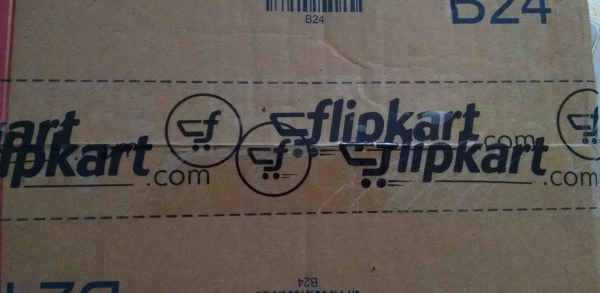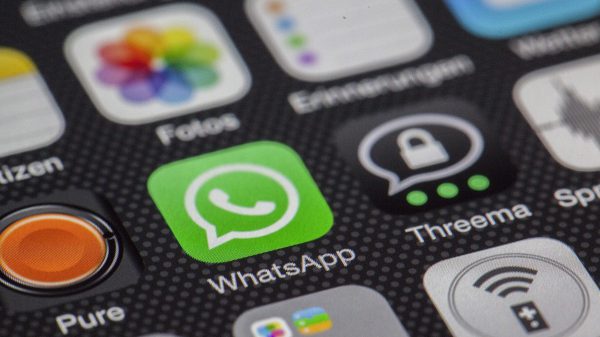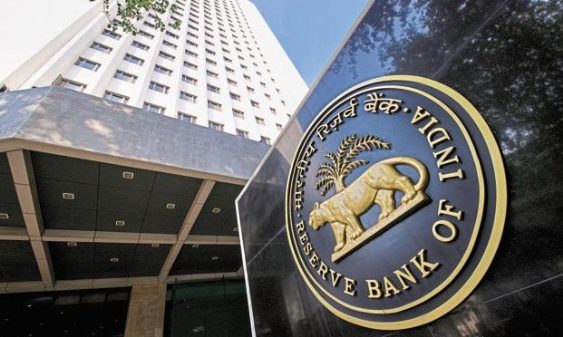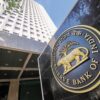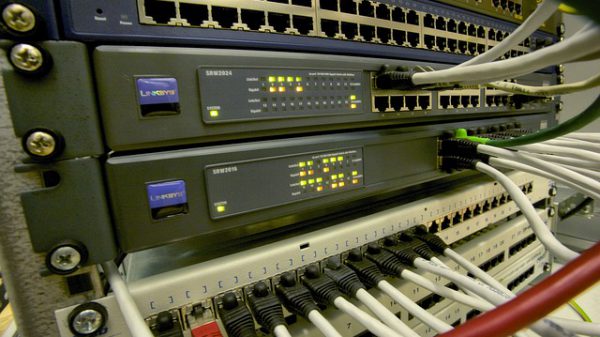A survey by the National Payments Corporation of India (NPCI) found that at least 80% of households now use digital payment apps like Paytm, Google Pay or PhonePe and over half of them use the Unified Payments Interface (UPI) for payment transactions. The survey says that 36% of the households surveyed have used digital payments for the first time during the COVID-19 lockdown that was put in place between April and May 2020.
The survey, conducted by the People Research on India’s Consumer Economy & Citizen Environment, covered 5,314 households across 25 states and classified them according to their income levels. Though the volume of digital payments volumes dipped during the lockdown, households, consumers and merchants turned to digital payments apps and fintechs to get their lives back on track. Post the lockdown, each of the NPCI’s payment platforms have recorded historical highs in terms of the number and value of transactions being processed.
“The report clearly establishes that in India today digital payments have gone well past the early adoption stage and have gained significant traction across the country, including the lower income groups. We are humbled and inspired by households from all income levels showing interest towards UPI, AePS and other form of digital payments,” says Praveena Rai, chief operating officer, NPCI. She added that the NPCI is working to expand its product offering to non-smartphone users, even though smartphone ownership is high.
“COVID-19 has imposed significant limitations on people’s lives. The lockdown period in India, lasting few months of 2020, has altered how India pays, driven by lifestyle changes. While the top and middle segment household people were largely at home, the bottom segment faced numerous challenges in fulfilling their needs. Across the spectrum, people were finding ways to live, work, transact and discovering the uses of digital transactions,” — NPCI and PRICE Survey 2020
Bottom-income households, with an average annual household income of less than ₹1,10,000, make up 40% of the survey’s respondents, while middle-income households (average annual household income less than ₹1,80,000) made up another 40% of the survey’s respondents. The remaining respondents belong to top-income households with an average annual household income of ₹3,60,000, the survey explained.
Digital payments adoption
- Smartphone ownership: 57% of bottom-income, 72% of middle-income and 90% of top-income
- Never used digital payments: 72% of bottom-income, 52% of middle-income and 39% of top-income
- Use payment apps: 80% of bottom-income, 79% of middle-income and 78% of top-income
- Use UPI: 56% of bottom-income, 45% of middle-income and 56% of top-income
Access to banking services
- Credit or Debit card usage online: 27% of bottom-income, 42% of middle-income and 44% of top-income
- Use bank apps: 18% of bottom-income, 41% of middle-income and 43% of top-income
- Use mobile banking: 14% of bottom-income, 37% of middle-income and 59% of top-income
- Receive bank SMS: 82% of bottom-income, 89% of middle-income and 94% of top-income
- Debit cards: 68% of bottom-income, 79% of middle-income and 94% of top-income
- Bank branch access less than 2 km from home: 53% of bottom-income, 54% of middle-income and 53% of top-income
- ATM access more than 2 km from home: 58% of bottom-income, 59% of middle-income and 68% of top-income
- Reached by bank mitra: 54% of bottom-income, 56% of middle-income and 62% of top-income
Also read
- Digital payments in India will grow to ₹238 lakh crore by 2025: PwC
- Indian Banks’ Association Meets With Government On MDR Issue: Report
- Digital Potholes Lead To Exclusion In MNREGA payments
- NPCI’s flagship platforms get a helping hand from COVID-19 lockdowns
- RBI introduces digital payments index to track adoption



